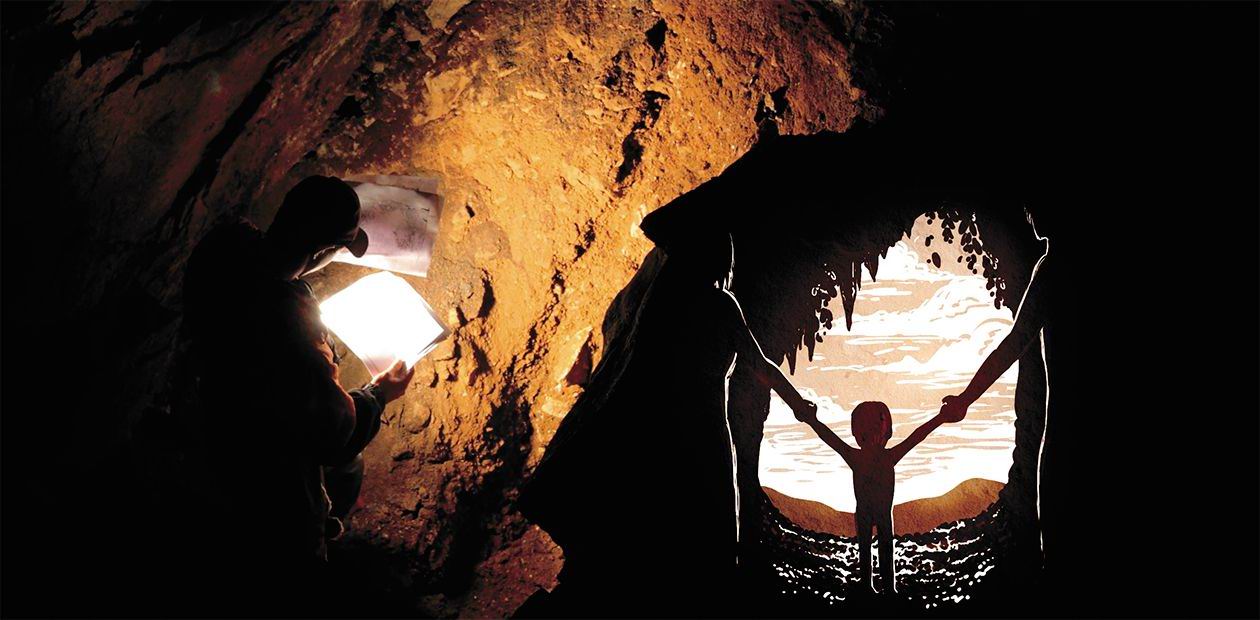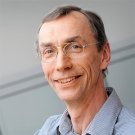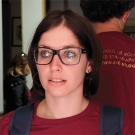Stone Age: Paleogenetic Reconstruction
In the summer 2018, leading archaeologists, geneticists, paleontologists and anthropologists from Russia, Europe, America and Australia came to the Denisova Cave research camp in Gorny Altai (a division of the Institute of Archaeology and Ethnography, RAS Siberian Branch, Novosibirsk), to participate in the international symposium “The origin of the Upper Paleolithic in Eurasia and evolution of the genus Homo.” The participants discussed the results obtained from the studies of Denisova Cave, a unique archaeological monument populated by humans about 300 kya. For many years, Novosibirsk archaeologists have successfully cooperated with Prof. Svante Pääbo, a founder of paleogenetics whose work has received international acclaim, and his team from the Max Planck Institute of Evolutionary Anthropology, Germany. In the interview given to SCIENCE First Hand, Prof. Svante Pääbo and his colleague from the Evolutionary Genetics Laboratory Vivian Slon shared information on how ancient DNA was deciphered, which changed our previous linear notion of human evolution
When our team managed to decipher the first (not complete) Neanderthal genome in 2010, we discovered that the Neanderthals were part of the ancestry of all present-day people who live outside Africa, that is, they have contributed to the formation of modern humans. Later, thanks to cooperation with the Novosibirsk archaeologists from A. P. Derevyanko and M. V. Shunkov’s team from the Institute of Archaeology, SB RAS, we got an opportunity to study the fossil remains found in Denisova Cave and other ancient hominin sites in Altai. As a result, we were the first to determine a very high quality Neanderthal genome, which allowed us to say very precisely which part of the genome of present-day people comes from Neanderthals.
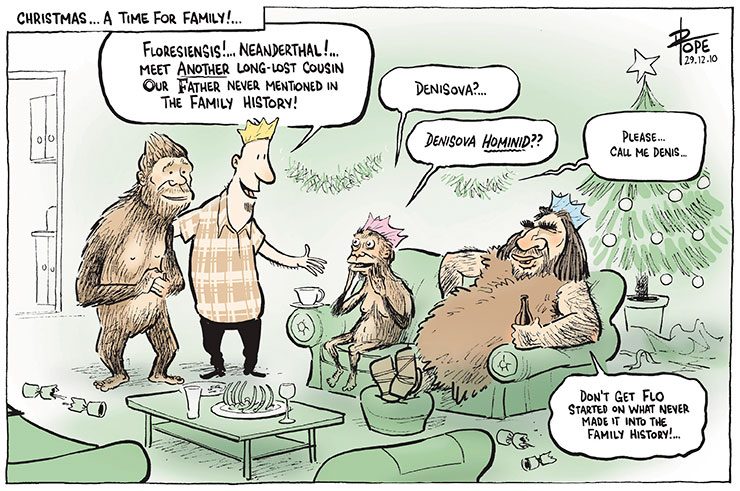
Then, in the 1980s, we were developing techniques that allowed us to extract, study and replicate DNA and it seemed obvious that we should try to do this from organic ancient remains, for example, Egyptian mummies. As I could find nothing in the literature concerning this subject, I set out to try to do that myself. It turned out to be much more frustrating than we had anticipated and took decades but eventually it turned out to be possible to develop techniques that actually allow us to do this very reliably today. Students come to us with a Master’s degree and start working on research projects immediately, from the first day
An even more amazing find was the little bone that was found here, a fragment of the little finger bone of a young girl who, as paleogenetic analysis has shown, turned out to come from some previously unknown group, which we then together with the team here decided to call Denisovans. These are distant relatives of Neanderthals, if you like, who separated from them about 400 kya. The Asian population of Denisovans have contributed to the genome of the people of today living all over Asia, and particularly the inhabitants of Oceania, who have over 5 % of the Denisovan DNA, as well as those of Papa New Guiney, and the aboriginals of Australia.
We have continued to work with the team here and have found several more remains of Denisovans, three additional bones and teeth, so we began to get a feeling for a variation among Denisovans. The most recent results come from our work with the remains from Chegyrskaya Cave, also here in the Altai region: we have determined a high quality Neanderthal genome and we begin to compare it with the genome of the Neanderthal from Denisova Cave and the genomes of Neanderthals in Europe.
“The Denisovan skeleton may have been found already”
What do we know about Denisovans today? It is a very interesting area of research because there is so little known about them. So what we can say is that they lived here, in the Altai Mountains, because this is where archaeologists have found their remains. Without doubt, they contributed to the native people all over Asia, so that gives us the hint that they were very widespread.
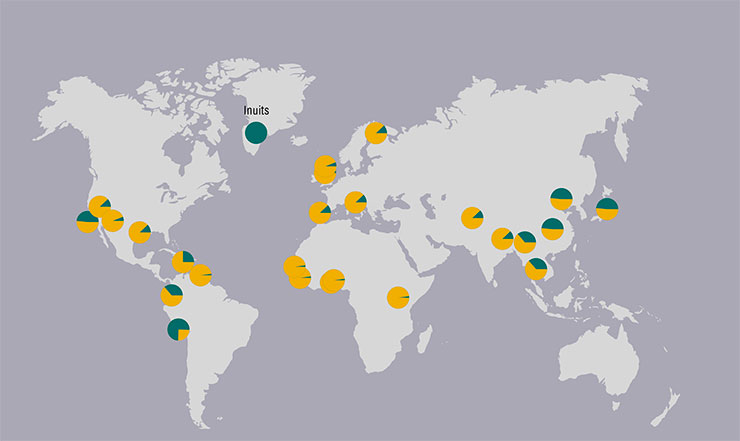
We have other hints about that, too. For example, it has been shown that there were at least two independent, distinct populations of Denisovans that contributed DNA to the present-day people. The genomes of the representatives of these populations are very different. One of these populations was quite distant from the Denisova Cave genome. It contributed, for example, to the people in Papa New Guinee and Australia, and the other of these populations was quite close to the genome we sequenced from here, and that is the population that contributed to the people in East Asia, people in China, people in Japan.
V. SLON: I was born in France but I grew up in Israel and I studied at Tel Aviv University before I moved to Leipzig to do my PhD. I’ve always been interested in pre-history, and I wanted to learn more about the people that made the artifacts and that made the stone tools that we find. So I started by doing a Master’s in anthropology and as I was doing this, I was more and more exposed to people in genetics doing papers in genetics in Svante Pääbo’s lab, and I thought that the best way to understand ancient people would be to be a part of this team since palogenetics changes our views about prehistory. This is how I applied for a PhD in Prof. Pääbo’s lab and started working there about five years agoDenisovans have also contributed functionally important genetic variants to present-day humans. One such variant involved in the adaptation to living in high altitudes is widespread in Tibet: it is responsible for proper blood oxygen supply, which ensures that the blood does not have too many erythrocytes. Another adaptation quite widespread in Eurasia, particularly in Greenland, has to do with adaptation to cold temperatures. There are other such adaptations too that have to do with immune defense against infectious diseases, for example.
So we begin to know quite a lot about Denisovans but of course there are many things we don’t know. For example, what their morphology was like. We know from the teeth found in Denisova Cave that they had unusually big teeth, bigger that Neanderthal teeth and modern human teeth. Our dream is, of course, to find a more complete skeleton or part of a skeleton either by excavations here or by analyzing the remains discovered elsewhere in Asia. Moreover, these remains may have been found already but we do not identify them as belonging to Denisovans.
In China, for example, fossil remains of the so-called Archaic Homo Sapiens have been found. They look a little bit like Neanderthals and a little bit like present-day humans. If we could extract DNA from these bones, they might turn out to be Denisovans. It can seem strange of course that Denisovans were so widespread yet we don’t know about their remains except from this site here, in Denisova Cave in the Altai Mountains. On the other hand, we do not have a complete Neanderthal skeleton though Neanderthals have been studied for many decades.
Little pigeons can carry great messages
One of our latest researches was genetic analysis of a bone fragment discovered in the Eastern gallery of Denisova Cave in 2012. It was so small and so fragmented that you couldn’t tell from the way it looks whether it belonged to an animal or a human. Generally, about 95 % of fossil bone remains from Denisova Cave cannot be identified using conventional techniques. Our colleagues from Oxford applied a new methodology to identify hominin remains, and among 2,000 little bones found in the cave deposits dating to the time when both Neanderthals and Denisovans could be living there they identified this bone as hominin. Possibly, it is a fragment of the long bone of the arm or the leg.
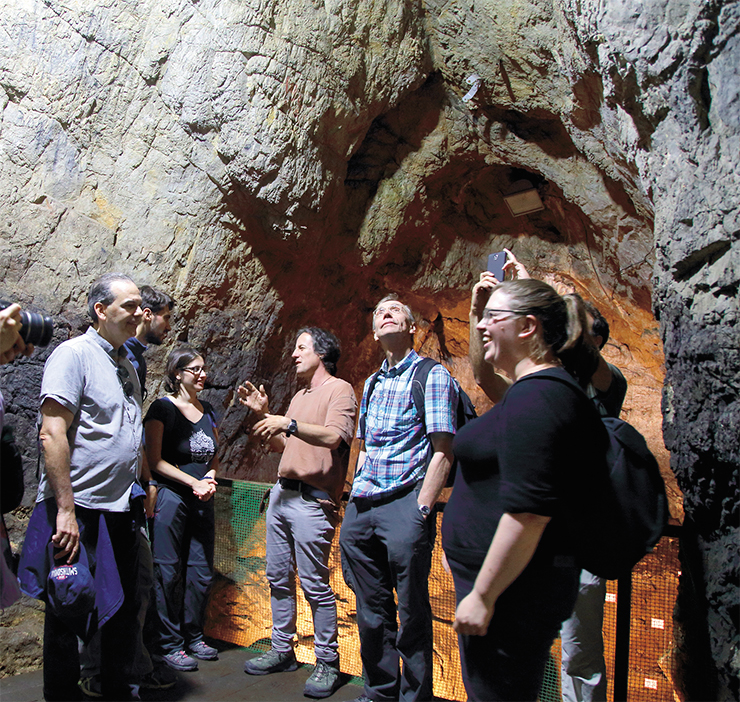
And then we looked at the DNA from this little bone fragment and we were very surprised because we realized that it had two types of ancestry: it had both Neanderthal-like genetic variants and Denisovan-like genetic variants. We were able to determine that it was a female and she was the daughter of a Neanderthal mother and a Denisovan father. And this was the first direct, immediate evidence of interactions between these two distinct groups of ancient hominins. In addition, there was evidence in the high-covered, high-quality Denisovan genome that there had been some Neanderthal ancestry into Denisovan line.
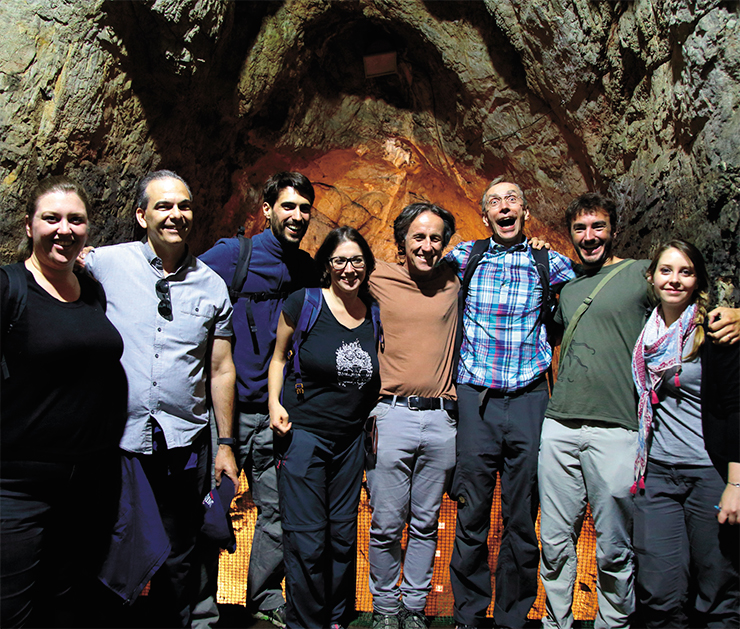
To make sure that our conclusions make sense, we checked the cannibalism hypothesis. It is possible, in theory, if you eat, for example, another animal, it would leave some of the DNA on the saliva and you leave some of your DNA on the bone of that animal. There are remains of Neanderthals that have clearcut marks or signs of burning, from which you can infer that there was cannibalism, at least in some cases among the Neanderthals of Western Europe. It may be a far-fetched hypothesis but we had to check to be on the safe side.
It may be disappointing but we don’t know yet what the Denisovans looked like – we cannot visualize a person based on his or her genome. It is equally impossible to say what the offspring of these two distinct groups of ancient people looked like judging by this tiny bone fragment.
V. Slon: I’m privileged to have been working at the finds from Denisova cave and from other places in Altai. The people at the Russian Academy of Sciences are doing an amazing job and it’s been really great to come here and to see the site finally with my own eyes and to know how it looks like in real life and not just in photosWe have to be very careful predicting any sort of traits of an individual (like diseases he/ she could have suffered from) looking at any particular variant in the genome. Today, we know that some genetic mutations may cause some rare diseases. For more interesting and more common diseases such as atherosclerosis, hypertension, autism or schizophrenia, there are dozens and hundreds of variants that contribute to a certain tendency to get this disease. So even knowing everything about one’s genome, we cannot predict what diseases we will get – we can only estimate the risk of having them.
And this we know from present-day people. The Neanderthals were quite different and had different kinds of variants, so I would not dare to just use the limited predictive ability that we have for the present-day humans and apply it to Neanderthals or Denisovans, for that matter. So the sad truth is that we can say very little from the genome about what a person looked like and less so about how he behaved or what diseases he carried because each human population has its own history.
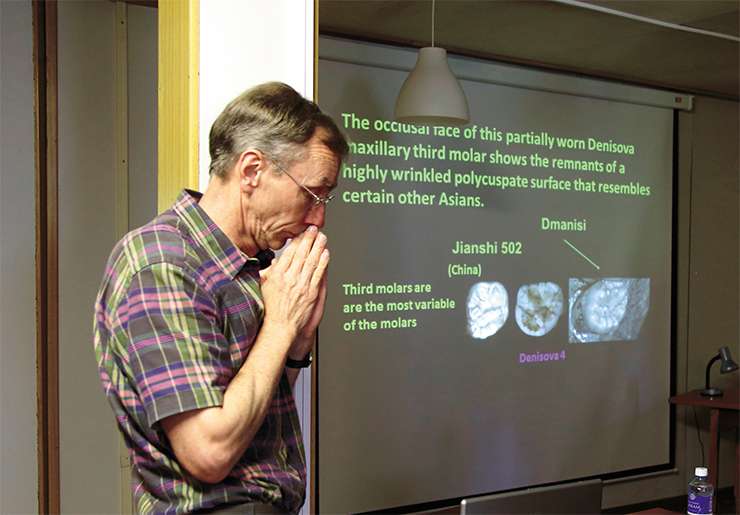
Today, there very few ancient individuals whose nuclear DNA we have managed to sequence. Therefore, it is amazing that we have found a first-generation offspring of a Neanderthal and Denisovan. We should remember that these were quite distinct populations. In fact, they were more distinct from each other than any populations of modern humans are today…
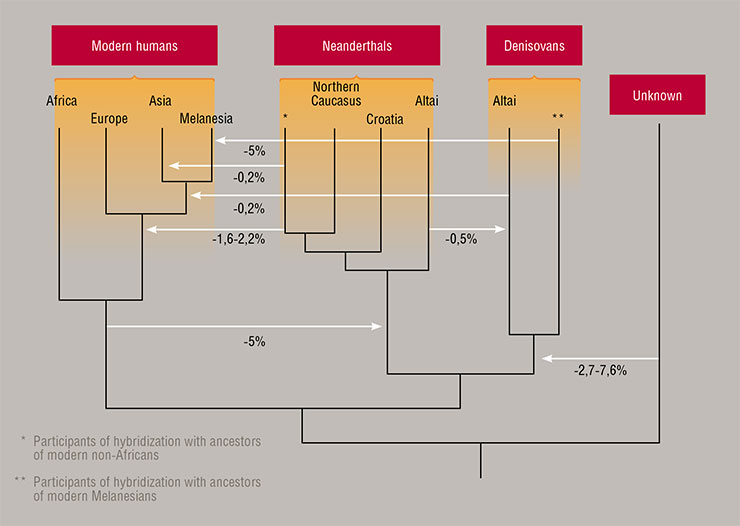
Yet, we find here, in the Altai Mountains, this daughter of a Neanderthal and a Denisovan. It suggests to us that when they met they probably mixed quite frequently, otherwise we would not be so lucky as to find this little bone here. But it also suggests to us that they couldn’t have met too often as they were quite separated in time and space. Such meetings could have taken place from time to time in some regions such as the Altai Region here. And then apparently they had nothing against each other and had babies together.
References
Derevyanko A. P. Altai as the center of the ancient oecumene // SCIENCE First Hand. 2019. V. 51. N. 1. P. 25–43.
Derevyanko A. P., Shunkov M. V. Where has Homo Sapiens come from? // SCIENCE First Hand. 2018. V. 49. N. 2. P. 32–51.
Krivoshapkin A. I. Origin of Man: A Fight for Neanderthal Legacy // SCIENCE First Hand. 2018. V. 49. N. 2. P. 52–61.
Pääbo S. In search of the lost genomes: from Neanderthal – to Denisovan // SCIENCE First Hand. 2018. V. 49. N. 2. P. 16–31.
Pääbo S. Neanderthal man. In search of lost genomes. 2014. 288 p.
Slon V., Hopfe C., Weib C. L. et al. Neandertal and Denisovan DNA from Pleistocene sediments // Science. 2017. V. 356. № 6338. P. 605–608.
Slon V., Mafessoni F., Vernot B. et al. The genome of the offspring of a Neandertal mother and a Denisovan father // Nature. 2018. V. 561. № 7721. P. 113–116.
The photographs are the courtesy of S. Zelensky (Institute of Archaeology and Ethnography, SB RAS, Novosibirsk)


